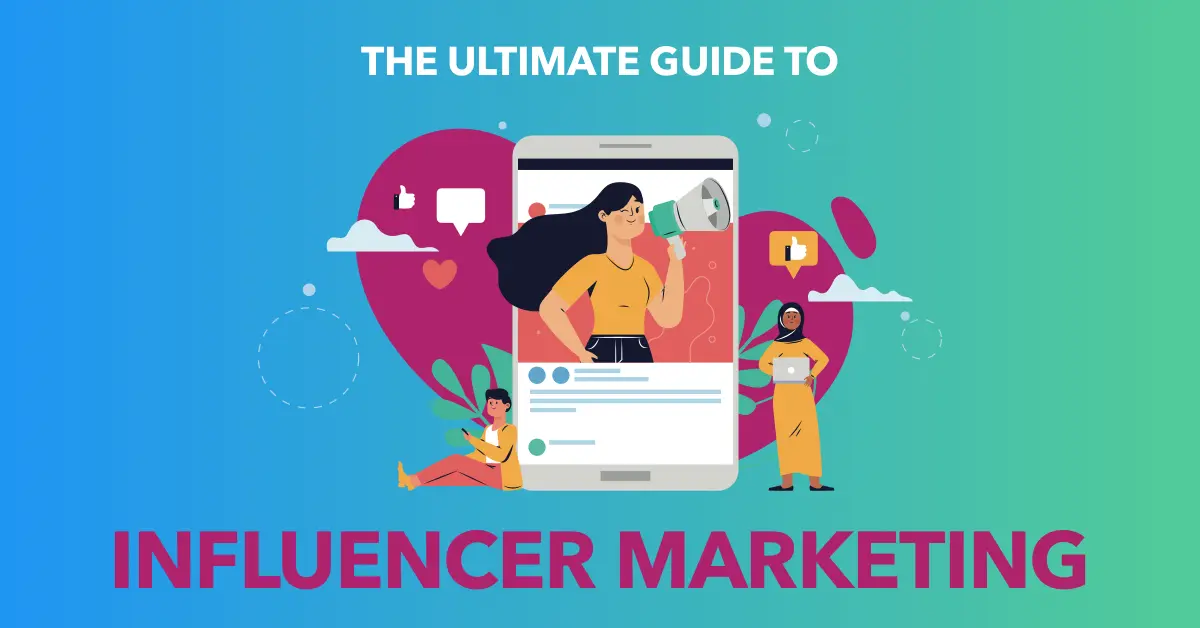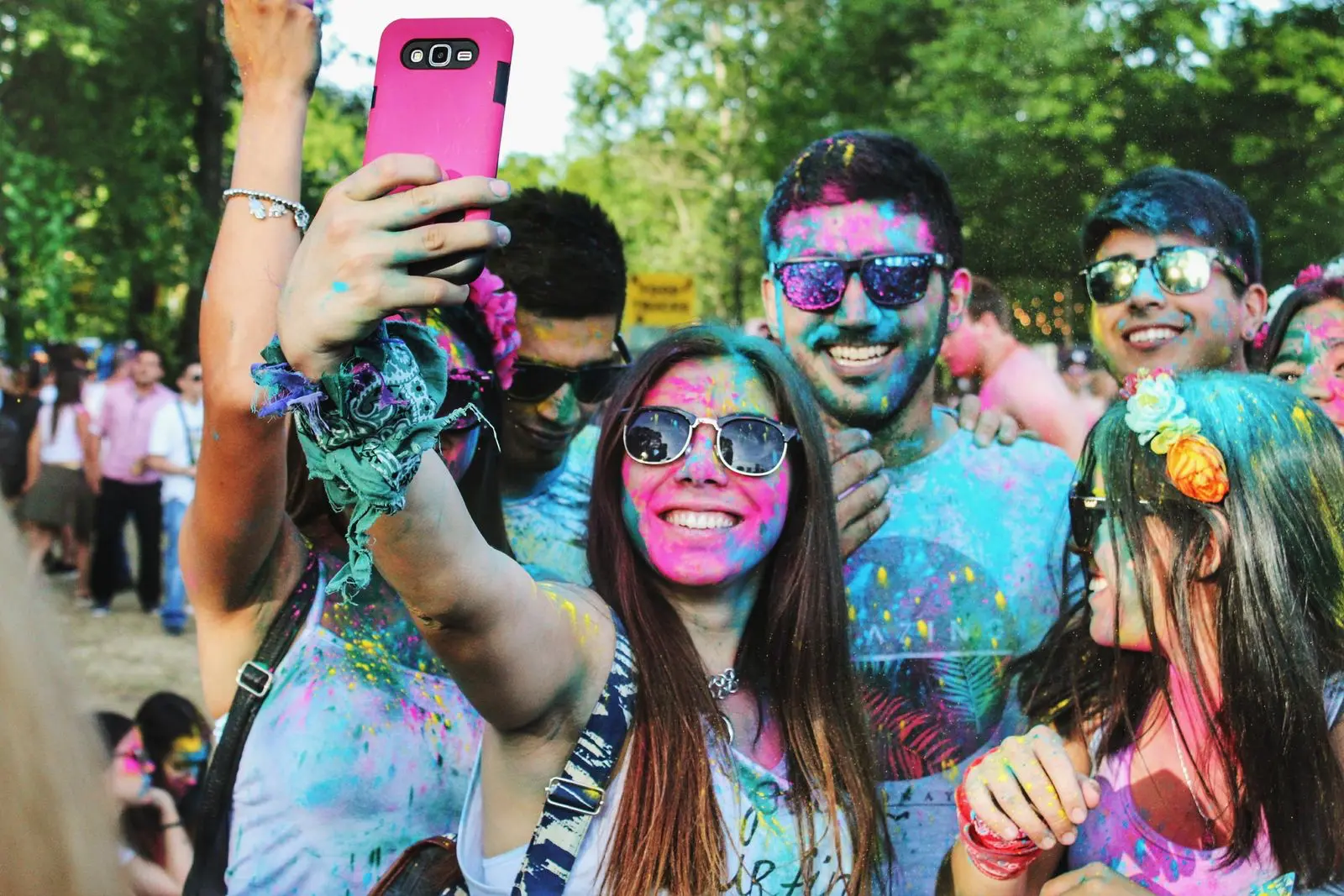Day after day, we get bombarded with information. It is this very reason that companies are trying to close a sale by coming up with new ways of standing out from the crowd.
In the early ’80s, Pepsi capitalized on the influence of one of the biggest pop stars of that time - Michael Jackson.
Nike also wouldn’t be what it is today without the famous Michael Jordan collaboration. Right around the time when Pepsi made its deal with Michael Jackson, something was brewing inside Nike’s offices.
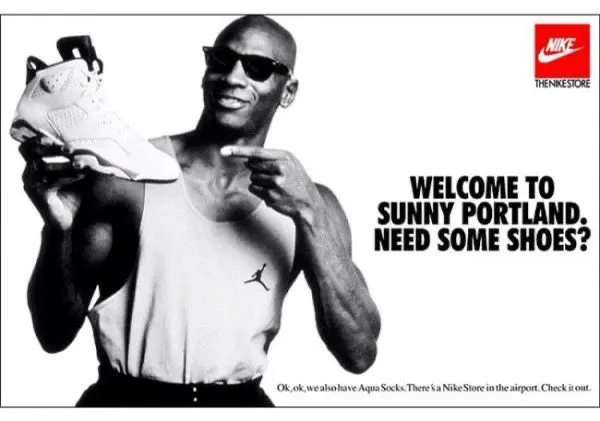
Nike was struggling at that time, trying to sell running shoes without success. It was that switch in communication, from“company that sells running shoes” to “company for athletic stars” that really made the difference. And they started it all with the Jordan Brand and its signature item, Air Jordans.
That product alone made $70 million for Nike in just a month after the release. Not a struggling company anymore, right?
What would make you buy faster?
If you’re interested in buying new sneakers, what tactic would make you buy faster?
- A faceless company (gently) pushing you towards making a purchase.
- Seeing your favorite athlete using a product, sprinkling some start dust on top of it.
That’s right.
But what if you are not (yet) a multimillion-dollar company, able to afford world champions and award-winning artists as your messengers?
We have just two words for you: INFLUENCER MARKETING.
What is influencer marketing
Influencers are individuals with a large social following who are generally perceived as experts or celebrities in their industry** **(or** rather niche).** When these individuals endorse or mention products, services, or companies, it’s called influencer marketing, and it works because of the trust they have previously built up with their following.
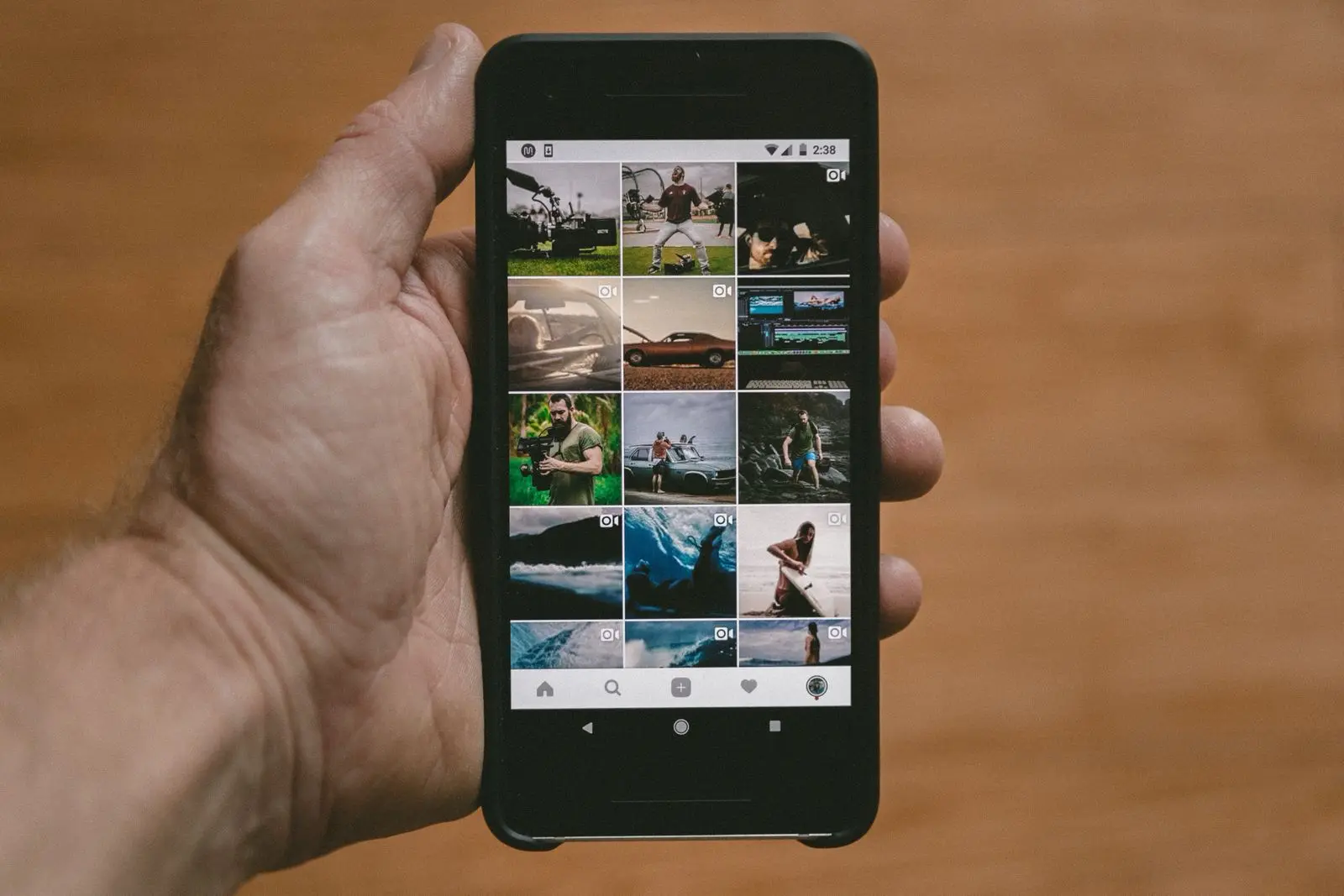
Before we get to the nitty-gritty of influencer marketing and how to make it work best for you, let’s crunch some numbers.
Studies show that 93% of marketers have used influencer marketing before, and almost all of them found it extremely effective. 90% of marketers claim influencer marketing works as well or better than other marketing channels, and 71% say traffic quality, generated by influencer marketing, is superior to other forms.
Here’s your step-by-step guide on how you can use this for your own business.
Step 1: Identify your needs & set goals
Elevating brand awareness and increasing sales are the two most common reasons for influencer marketing. However, if you want your plan to really work, if you want to generate tangible results, you have to be more specific.
Maybe you want to increase lead generation in a specific geographical area because you have a walk-in store.
Or maybe you’re launching a completely new product that’s better suited for a slightly different audience than you now cater to.
The two examples above are clearly defined goals. If you’re vague with your goals, influencers will have a hard time fulfilling them, and you’ll have a hard time tracking your success.
Ask yourself — what are you ***really* trying to achieve here?** Clarify your needs and set actionable, measurable goals.
Step 2: Choose a platform
Before you choose who you want to work with, you have to pick a platform. If you’re just starting out, it’s best to stick to a certain platform for a while and only expand to others at a later stage.
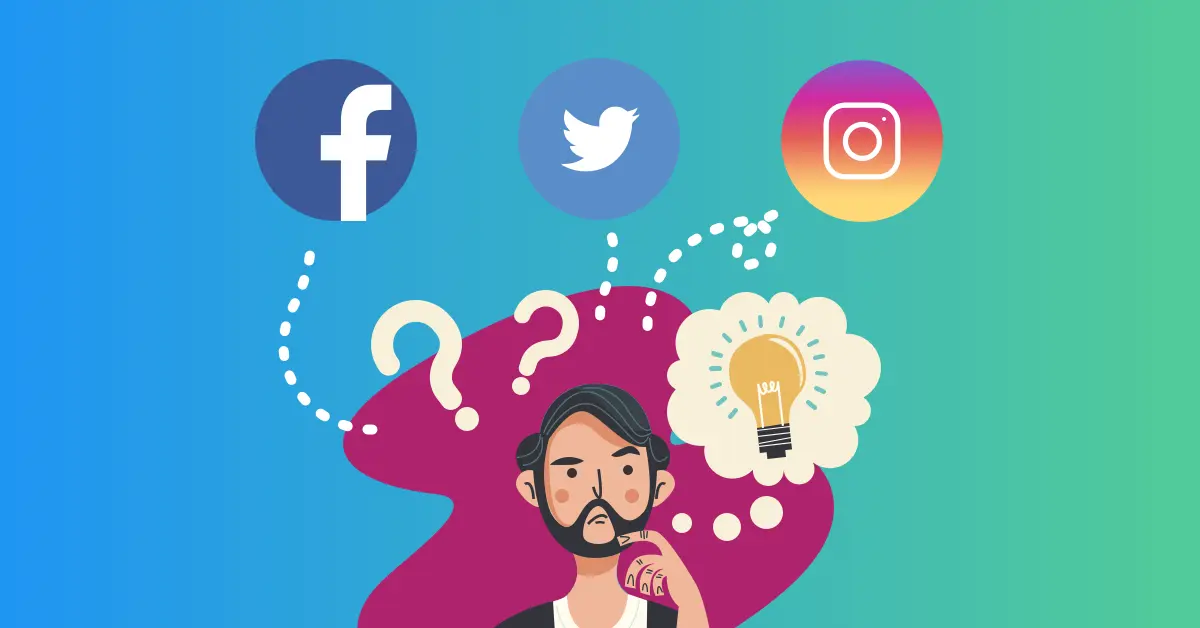
To make your choice a bit easier, Facebook and Twitter generally aren’t good options. The first has a notoriously low organic reach, which presents its own set of challenges for influencer marketing. The latter is a marketing sinkhole, unfortunately.
Generally, Instagram is a great choice, but choosing a platform you’re familiar with and already have a presence on is essential.
It’s also vital to be mindful of your target audience and where they hang out. Even if you think Instagram would be the best choice for you in terms of your familiarity with the tool, if your target audience isn’t on there, using that platform won’t make any sense.
If you’re still not entirely sure where to start, use this approach:
Study a few top companies from your industry to see where they thrive and where they seem to be less successful. If you notice a pattern, it may just be that some social media platforms work well for your niche, and others don’t. Use that data to your own advantage.
Step 3: Set your budget
Setting your budget will help you determine the type of influencers you’ll be working with, as well as the basic campaign framework.
Let’s first get familiar with the standard rates for different types of influencers. They vary wildly, and you don’t want to throw money out the window.
Micro-influencers can usually be compensated with free products, which might be the cheapest and best option for a company just starting out. At the other pole are celebrities, who have huge followings, however, any kind of collaborations don’t come cheap.
Other factors that affect the cost of influencer marketing:
- Platform: For instance, YouTube videos take more time to create than Instagram videos, so YouTube influencers may charge more.
- Reach & Engagement: The more people an influencer reaches, the higher the cost. Be prepared to pay extra for someone with high engagement, as investing a few extra dollars can take you a long way. The way algorithms work - positive engagement leads to a broader reach.
- Product/Industry: A general rule of the thumb is that product price is positively correlated to the campaign cost, i.e., promoting a refreshing beverage will cost you less than promoting a luxurious watch.
- Time Investment: If you’ll expect the influencer to create a very specific video or have a professional photoshoot, that will take up more time and incur additional costs for you.
- Type of Partnership: Being in touch directly with the influencer will be less expensive than going through an agency. That said, bigger and more experienced influencers tend to have agents representing them. If you require a wider pool of influencers, going through an agency, who does the matching process and most of the coordination for you, is usually a good bet.
If you’re still clueless about the prices, US influencer per-post tariffs start at around $10 per 1000 Instagram or Snapchat followers and $20 per 1000 YouTube subscribers.
TWO BONUS TIPS!
- Don’t be cheap. The less you pay, the lower motivation influencers will have to generate good results for you. If your budget is tight, be creative and pay influencers incentively (cost per conversion, cost per engagement, etc.).
- Try finding your perfect influencers among the people that already engage with your posts. Your existing fans would be excited to get an opportunity to promote a brand they already like.
Step 4: Pick the right type of influencer for you
Influencer marketing isn’t as easy as it was a couple of years ago. With the development of this type of marketing came different kinds of influencers, every single type serving a different goal.
Micro-Influencer
Their following can range from a couple of thousand to tens of thousands of people and are generally limited to a single niche. They post honest, authentic content and typically have high engagement rates as a result. Therefore, micro-influencers are great for building brand trust and boosting brand sentiment.
Blogger / Vlogger
Successful bloggers or vloggers run an established page or profile and generally have a great reach. That is useful for increasing brand awareness, as well as driving conversions (mixed with other types of influencers).
Keep in mind that their personality is the strongest trait. Make sure not to limit their creative process. You’ll achieve your best results by letting them be themselves.
Celebrity
These are famous people with huge followings. Think of the Kardashians.
They’re the go-to group for increasing brand awareness, building brand trust, and general promotion. Collaborations with them are expensive, though. However, if you can afford it, it’s going to be worth it.
Key Opinion Leader (KOL)
They’re the experts in their respective fields, usually on a specialized topic. KOLs are highly trusted and have a following of people heavily interested in the given subject.
As such, KOLs are great if your target audience is in a very specific field, but they also serve you well for general promotion and quality conversions.
Social Media Influencer
Social Media Influencers are well-recognized on one or more social media platforms. They can be general or specialized in a particular industry or niche, and their following can be numbered in the thousands or in the millions.
SMIs can be used for building brand awareness, driving engagement and conversions, or general promotion, depending on their individual profiles and what they typically do.
A multi-channel presence is a perk. Firstly because it gives you options. Secondly, because they’ll be able to facilitate your expansion onto other platforms when the time arises, saving you time and money in the process.
Step 5: Be picky about picking your influencers
Working with influencers isn’t easy. While it’s important to choose the influencer-type best suited for your needs, you also have to watch out for frauds. They’ve become common with the market saturation in recent years.
Besides checking their rates, make sure to also analyze the profile, go through posts, and observe their engagement. Followers are easy to buy, whereas engagement is a bit more complicated (though not impossible).
Also, be mindful of whether or not an influencer already posts about similar things you’d need them to post as well. Try to find any past work with similar brands to see how well those posts performed.
Doing this type of research and taking the time for it will save you a lot of grief, especially if you’re planning on investing a sizable amount of money in influencer marketing.
If you don’t want to do this research yourself, there are also plenty of quality tools available for finding your perfect influencer match, like HYPR, Post For Rent, and Upfluence.
Be picky, there are over half a million influencers on Instagram alone!
Step 6: Monitor your campaigns
To really make your influencer marketing campaigns successful, you have to take on a hands-on approach. Executing and monitoring a campaign is vital for its performance. Additionally, gathering information about your ongoing campaigns will help you make those little tweaks that gradually make a huge difference.
Always have pre-determined dates to measure campaign progress and results. A useful metric is using a unique hashtag(where applicable), which will give you a clear idea of reach and engagement.
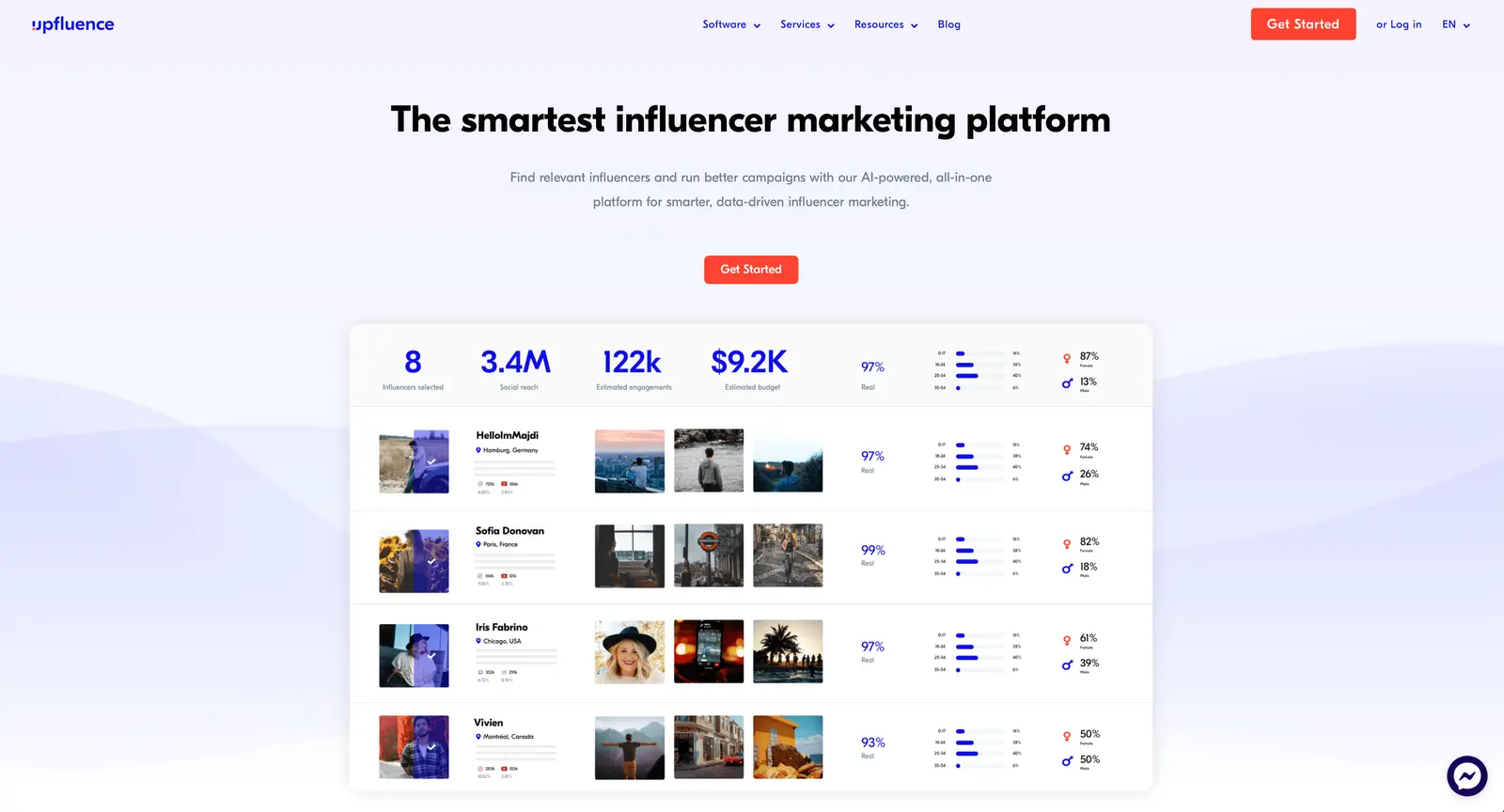
You’re playing the long game, so don’t expect drastic results in the first day or two. Influencers can reach a very targeted audience very fast, however, give the campaign a little time.
And remember – if your first try isn’t as successful as you anticipated, it’s no big deal. Just make some little tweaks based on your research or try out new partnerships. Eventually, you should see the wanted results.
There has to be a good reason seven out of ten North American retailers actively use some sort of influencer marketing, right?
It’s all about trust
Similar to most marketing campaigns, influencer marketing will involve research, determining needs and goals, setting a budget, finding the right influencers, analysis, and revision. They require work and constant attention, but it’s worth it.
The global economy is a bull market, yet influencer marketing is still growing at an above-average rate. Because it delivers.
The key is trust. Word-of-mouth and social proof are both elements of the trust the influencer earned among their following. To make the most of it, find an influencer whose tone of communication, look, and feel are similar to yours. That perfect fit is your ticket to success.
Don’t forget to listen to our interview with Sharon from Esports One on how they mobilized a VIP Influencer Program, which helped them crush their launch goals.
